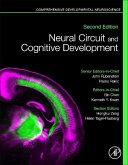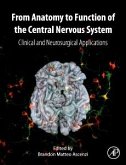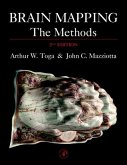
Gebundenes Buch
2. Aufl.
18. Mai 2018
Academic Press
C2016-0-00055-4
| Broschiertes Buch | 118,99 € | |
| eBook, ePUB | 80,95 € |

Broschiertes Buch
An Introduction to the Analysis of Physiological Signals
29. Dezember 2006
Elsevier Science
eBook, ePUB
20. April 2018
Elsevier Science & Techn.
eBook, ePUB
26. August 2010
Elsevier Science & Techn.
Ähnliche Artikel


Broschiertes Buch
22. Oktober 2010
Springer / Springer Netherlands
978-90-481-8079-0

Gebundenes Buch
2002 edition
1. Oktober 2002
Springer / Springer New York / Springer, Berlin
978-0-387-95386-1

Gebundenes Buch
Comprehensive Developmental Neuroscience
2nd edition
11. Juni 2020
Elsevier Science

Gebundenes Buch
Clinical and Neurosurgical Applications
29. August 2024
Elsevier Science




Gebundenes Buch
2006 edition
12. Oktober 2006
Springer / Springer US / Springer, Berlin
11322474
Ähnlichkeitssuche: Fact®Finder von OMIKRON

